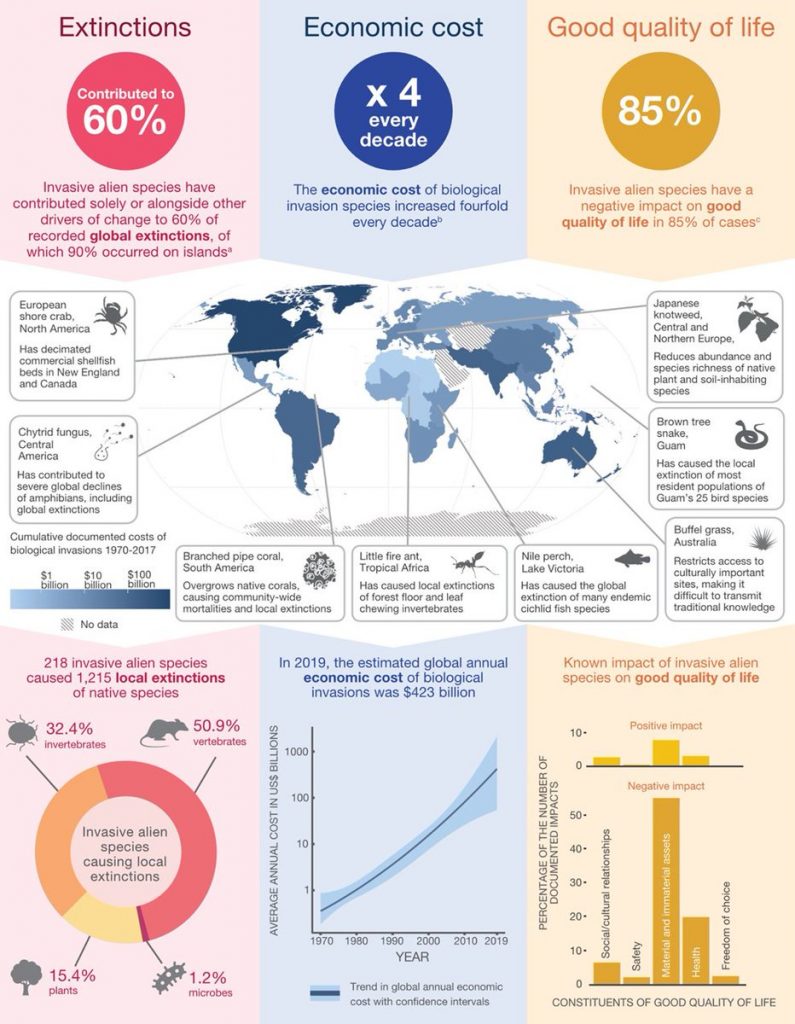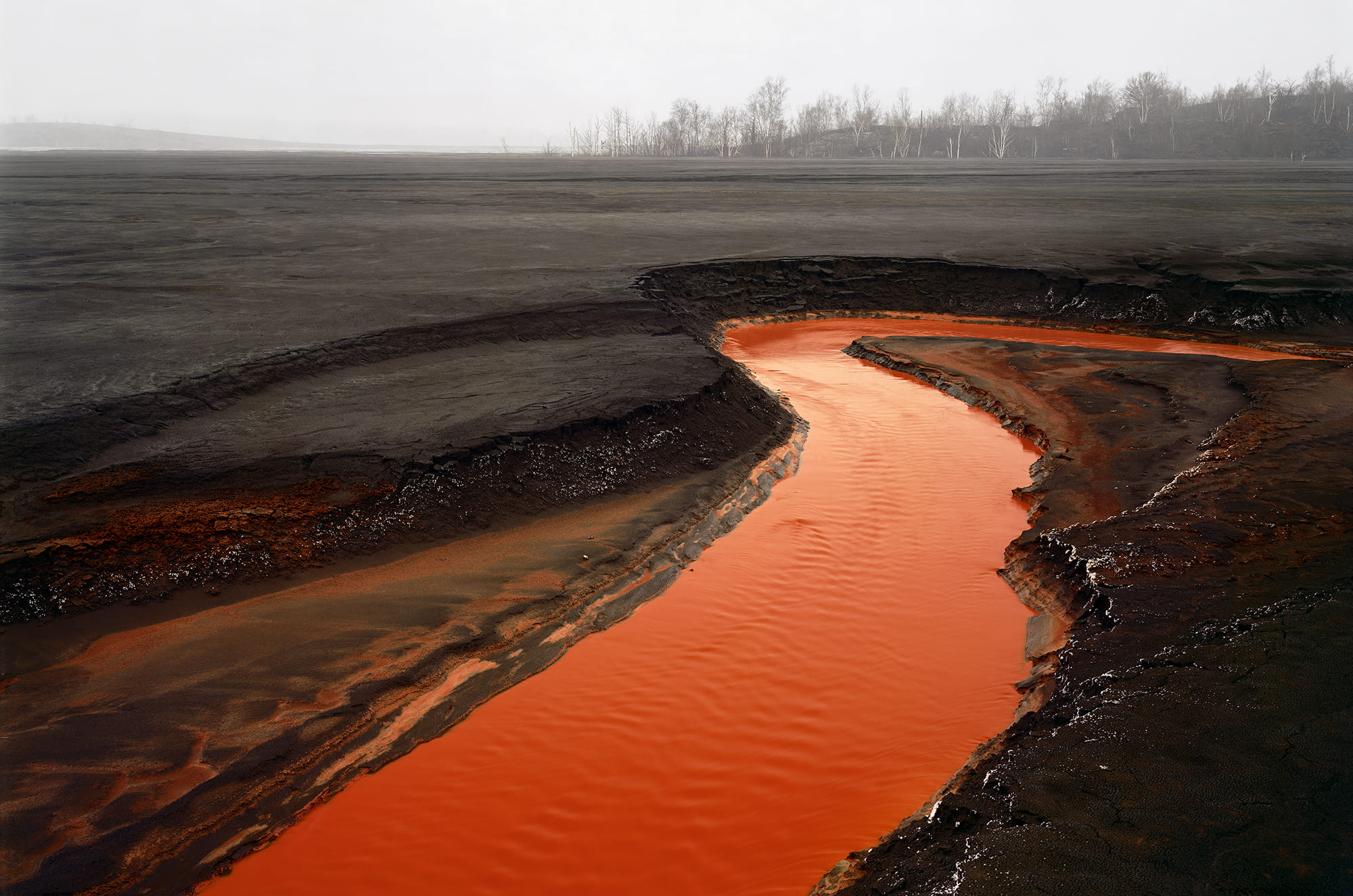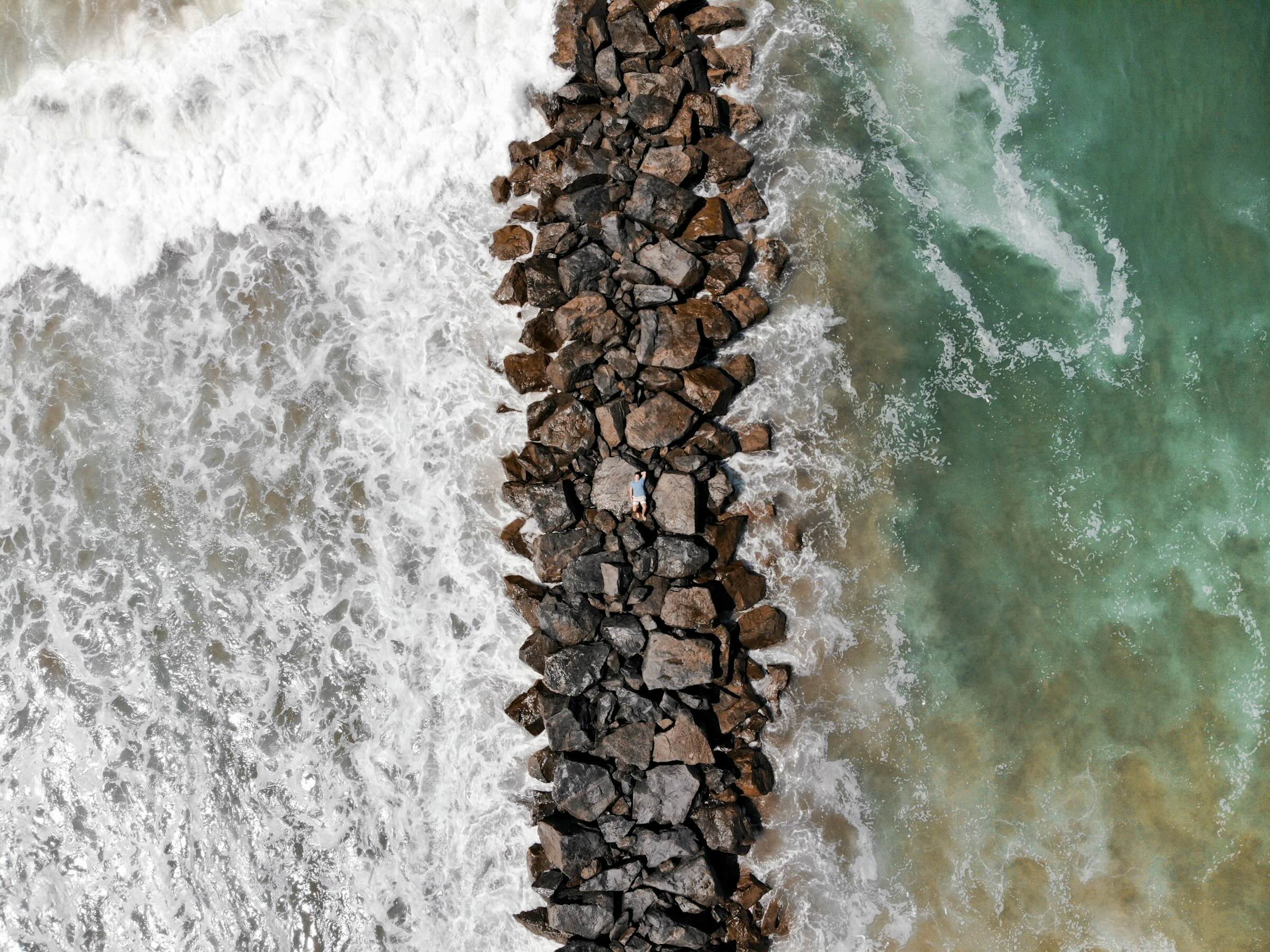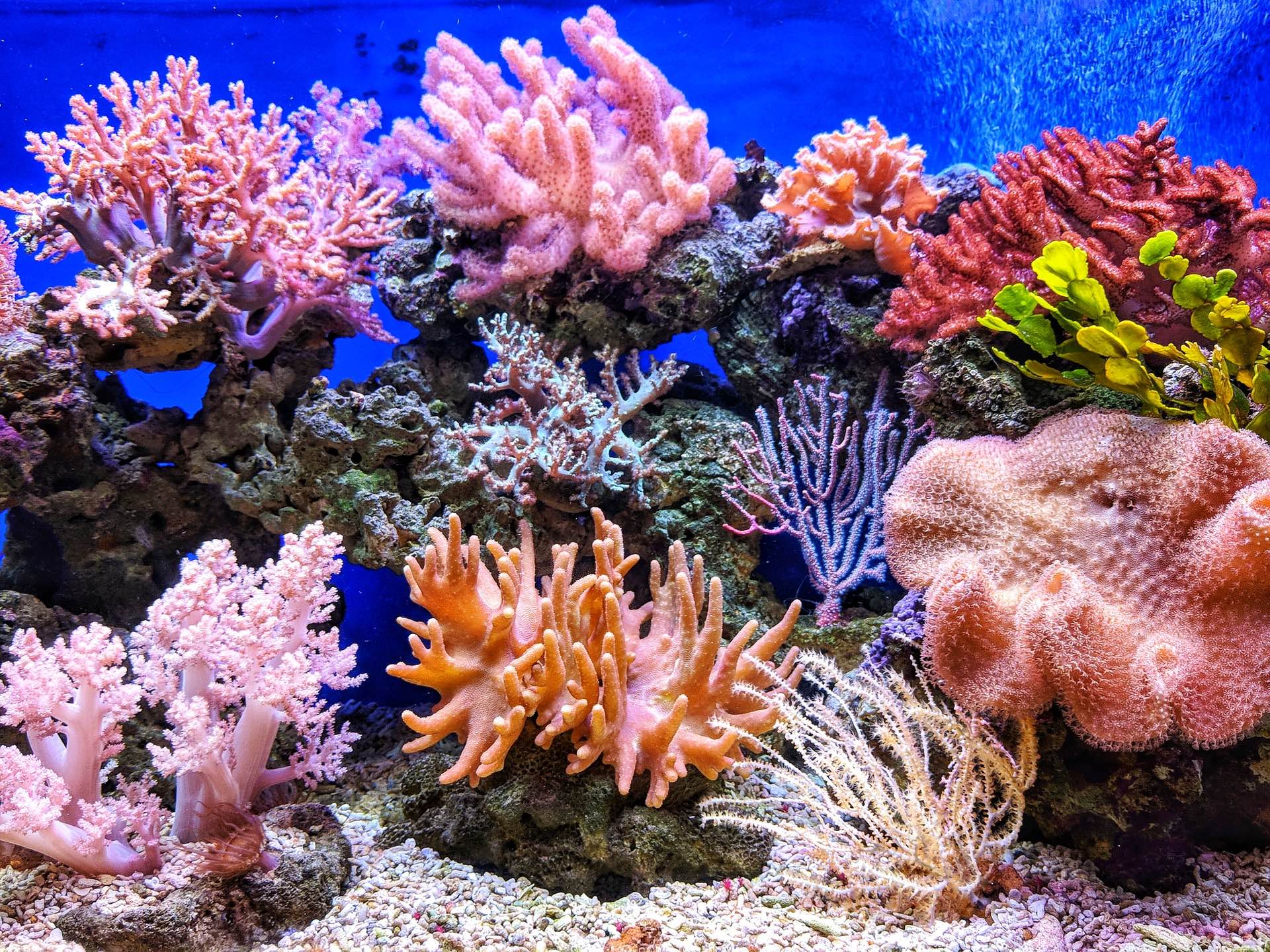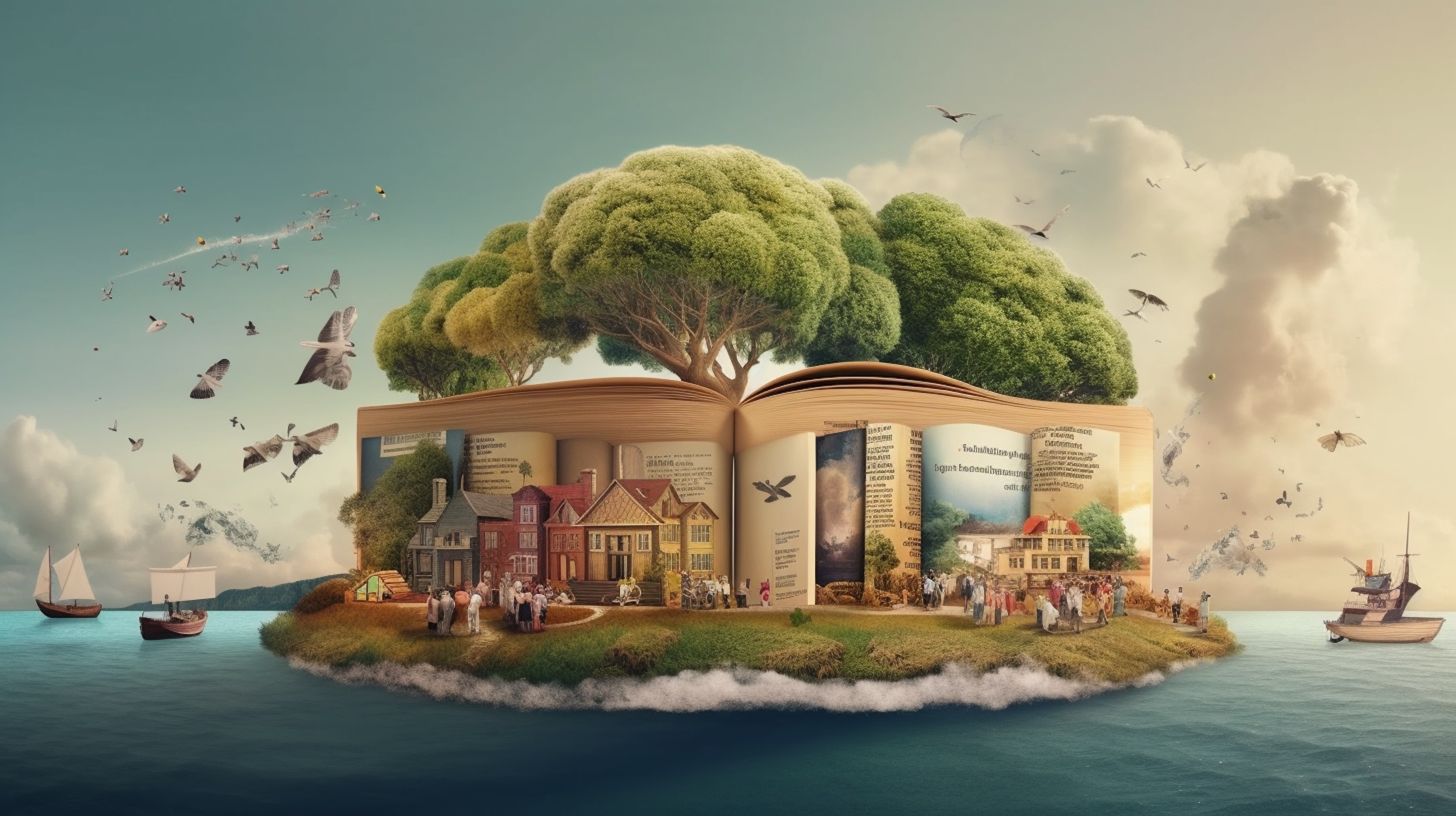Their deeds filled the summer newspapers: voracious, prolific and robust, the Atlantic blue crab (Callinectes sapidus) is conquering the seas and rivers of Mediterranean countries. Although the first reports of this crustacean, hailing from the Atlantic coasts of the Americas, date back to the middle of the last century, climate change and the intensification of maritime traffic has boosted their success in recent years.
However, this is not good news: the spread of the blue crab threatens biodiversity, as well as the economy and tourism. Blue crabs are larger and more aggressive than most other Mediterranean crabs and, until now, they do not face specialised predators. They disrupt bottom habitats, shred fishers’ nets and ruin their catches. To make matters worse, the invasion is taking place on multiple fronts because the species of blue crabs settling in the Mediterranean are, at least, two.
Coming from the western Indian Ocean, the African blue swimming crab (Portunus segnis) reached the Mare Magnum at the beginning of the last century through the isthmus of Suez. Their behaviour and biology – as well as their impact – are similar to those of the Atlantic species but P. segnis are also good swimmers.
“The Mediterranean sea is a hotspot of biological invasions. Roughly speaking, it is estimated that a new species is observed every two weeks. Most of them are invertebrates or belong to primary producers” says Momme Butenschön, lead scientist of the Research Unit for Earth System Modelling of the Euro-Mediterranean Center on Climate Change.
The total amount can swing greatly depending on the estimates, and in particular on the discrimination – or not – between the whole alien species (almost 1,000) and the ones both alien and invasive (about 400). Indeed, most of the organisms that reach the Mediterranean are not able to settle permanently nor do they adapt so effectively as to take over endemic species.
A man-made invasion
“The two main ways marine organisms are transported to new environments are hull fouling and ballast water transport. Other pathways include intentional and accidental releases of aquaculture species, aquarium specimens or bait. Climate change has also played a role in the biological invasions” adds Butenschön.
Therefore, the vulnerability of the Mediterranean sea is down to two main factors: intense marine traffic and the presence of the Suez canal.
“Despite some similarities, the ecosystems of the Mediterranean and the Red Sea are very different. The opening of the Suez canal in 1869 created the first salt-water passage between the two seas and nowadays, the eastern part of the Mediterranean – known as Levantine Sea – is a true laboratory for ecologists because the tropical species are replacing the endemic ones,” says Butenschön.
The arrival of pioneer species from a different environment sets the stage for the destabilisation of others. Invasive species are capable of causing extinctions of native plants and animals, reducing biodiversity, competing with native organisms for limited resources, destabilising the food chain, and altering habitats.
You've seen headlines today about the new @IPBES Report on #InvasiveAlienSpecies? Here's a 1-min. snapshot of what the world's best experts say on the growth of this problem & its impacts.
Take 1 minute: this affects you, your family and your community! https://t.co/Id0Y850D1a pic.twitter.com/Jros4YH13N
— ipbes (@IPBES) September 5, 2023
Often ignored until it is too late, invasive alien species are a significant challenge to people in all regions and in every country. According to a new report by the Intergovernmental Platform on Biodiversity and Ecosystem Services (IPBES), the global economic cost of invasive alien species exceeded $423 billion annually in 2019, with costs having at least quadrupled every decade since 1970.
In this period, more than 37,000 alien species have been introduced through human activities to regions and biomes around the world. This conservative estimate is now rising at unprecedented rates. More than 3,500 of these are harmful invasive alien species – about 6% of alien plants; 22% of alien invertebrates; 14% of alien vertebrates; and 11% of alien microbes – are known to be invasive, seriously threatening nature, nature’s contributions to people and life quality.
The IPBES report
“Invasive alien species have been a major factor in 60% and the only driver in 16% of global animal and plant extinctions that we have recorded, and at least 218 invasive alien species have been responsible for more than 1,200 local extinctions. In fact, 85% of the impacts of biological invasions on native species are negative,” says Aníbal Pauchard, who led the research with Helen Roy and Peter Stoett.
The report shows that 34% of the impacts of biological invasions were reported from the Americas, 31% from Europe and Central Asia, 25% from Asia and the Pacific and about 7% from Africa. Most negative impacts are reported on land (about 75%) – especially in forests, woodlands and cultivated areas – with considerably fewer reported in freshwater (14%) and marine (10%) habitats. Invasive alien species are most damaging on islands, with numbers of alien plants now exceeding the number of native plants on more than 25% of all islands.
“Under business-as-usual conditions, we project that total numbers of alien species will continue to increase in this way. But business-as-usual is actually unlikely”
“With so many major drivers of change predicted to worsen, it is expected that the increase of invasive alien species and their negative impacts, are likely to be significantly greater,” says Roy. “The accelerating global economy, intensified and expanded land- and sea-use change, as well as demographic changes are likely to lead to increases in invasive alien species worldwide. Even without the introduction of new alien species, already established alien species will continue to expand their ranges and spread to new countries and regions. Climate change will make the situation even worse.”
The report underscores that interactions between invasive alien species and other drivers of change will be likely to amplify their impacts – for example invasive alien plants can interact with climate change, often resulting in more intense and frequent fires, such as some of the devastating wildfires experienced recently around the world, releasing even more carbon dioxide into the atmosphere.
The IPBES experts point to the generally insufficient measures in place to tackle these challenges. While 80% of countries have targets related to managing invasive alien species in their national biodiversity plans, only 17% have national laws or regulations specifically addressing these issues. This also increases the risk of invasive alien species for neighbouring States. The report finds that 45% of all countries do not invest in the management of biological invasions.
On a more positive note, the report highlights that future biological invasions, invasive alien species, and their impacts, can be prevented through effective management and more integrated approaches.
“The good news is that, for almost every context and situation, there are management tools, governance options and targeted actions that really work,” says Pauchard. “Prevention is absolutely the best, most cost-effective option – but eradication, containment and control are also effective in specific contexts. Ecosystem restoration can also improve the results of management actions and increase the resistance of ecosystems to future invasive alien species. Indeed, managing invasive alien species can help to mitigate the negative effects of other drivers of change.”
